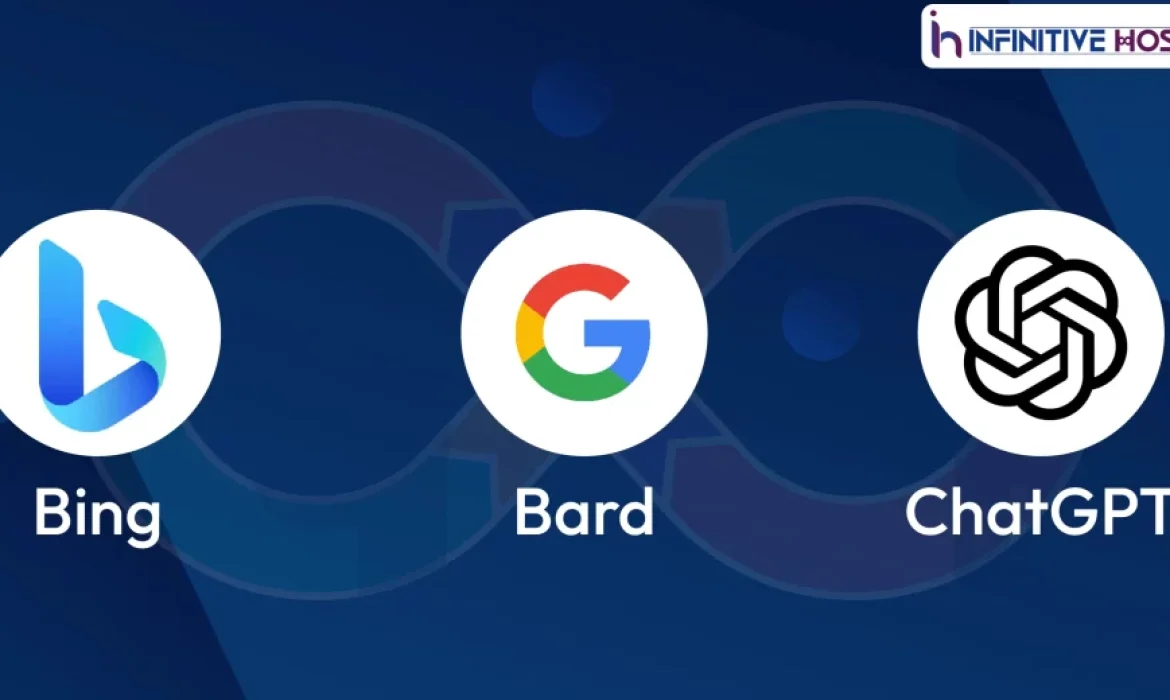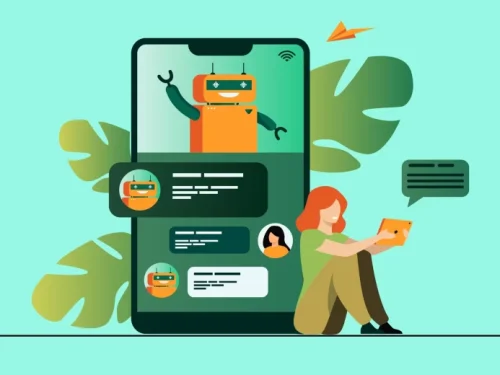The rise of artificial intelligence (AI) has been one of the most significant technological advances of the 21st century. As AI continues to grow and evolve, it has become increasingly apparent that the technology has the potential to revolutionize numerous industries, including software development. In this blog, we’ll explore how advances in generative AI, specifically Google Bard, Microsoft Bing, and ChatGPT, are transforming the way developers work and what you need to know to keep up with this evolving field.
Generative AI: An Overview
Generative AI is a type of AI that enables machines to create new data that is similar to what they have learned from existing data. Unlike other types of AI, which are limited to performing a single task, generative AI can create new content across multiple domains, including text, images, and even music. This versatility is what makes generative AI so powerful.
How Generative AI Works?
Generative AI works by using a deep neural network, which is trained on a vast dataset. The network is then able to generate new data based on the patterns it has learned from the existing dataset. For example, a generative AI model trained on a large dataset of text may be able to create new sentences or even entire articles that are similar in style and tone to the original dataset.
What Does Machine Learning Entail?
Machine learning is a subfield of AI that involves training algorithms to learn patterns from data. This process involves feeding large amounts of data into a machine learning algorithm and allowing it to learn from that data over time. As the algorithm becomes more familiar with the data, it can make increasingly accurate predictions or generate new content based on that data.
A Look Under the Hood: Google Bard, Microsoft Bing, and ChatGPT

Google Bard
Google Bard is a generative AI model that can create poetry, lyrics, and even jokes. The model was trained on a large dataset of text, including Shakespeare’s works and modern poetry. Google Bard can create new works of poetry or lyrics based on user inputs or specific themes.
Microsoft Bing
Microsoft Bing is a search engine that uses AI to provide more accurate search results. The AI algorithms used by Bing analyze user queries and use that information to provide more relevant search results. Bing also uses machine learning algorithms to learn from user behavior and provide more accurate predictions about what users are searching for.
ChatGPT
ChatGPT is a generative AI model that can create natural language conversations with users. The model was trained on a large dataset of text, including online chat logs and social media conversations. ChatGPT can generate responses to user inputs and can even continue a conversation with a user based on the context of previous messages.
Related:- How ChatGPT, BARD, & AI Will Revolutionize The Way We Search?
What To Learn For Using AI-driven Software Development?

If you’re interested in using AI-driven software development in your work, there are a few key areas to focus on:
1. Machine learning algorithms: Understanding how machine learning algorithms work is essential for developing AI-driven software. You’ll need to be familiar with the different types of machine learning algorithms and how they can be applied to different types of data.
2. Deep learning: Deep learning is a subset of machine learning that involves training deep neural networks to learn patterns from data. Deep learning is particularly useful for tasks that involve complex data, such as image or speech recognition.
3. Natural language processing: Natural language processing (NLP) is a subfield of AI that focuses on processing and analyzing human language. NLP is critical for developing applications that involve text-based data, such as chatbots or language translation software.
4. Data processing and analysis: AI-driven software development involves working with large datasets. You’ll need to be familiar with techniques for processing and analyzing data, including data cleaning, feature selection, and data visualization.
Why Are AI Advances Great News For Devs?

Increased Efficiency
AI technology can automate repetitive tasks and streamline processes, freeing up developers to focus on more creative and complex work. With machine learning algorithms, for example, developers can train models to recognize patterns and make predictions, saving time and increasing accuracy.
Improved Personalization
AI algorithms can also be used to personalize experiences for users. For example, Bing’s intelligent search can tailor results based on a user’s search history and location, making for a more efficient and personalized search experience.
Enhanced Creativity
AI technology can also help developers generate new ideas and solutions. Bard, an AI-powered writing assistant, can suggest new words and phrasing to help writers express their ideas more effectively. This can inspire developers to think outside the box and come up with new and innovative solutions.
Better User Experience
AI can help developers create better user experiences by analyzing user behavior and providing insights into how users interact with software. ChatGPT, for example, can be used to create chatbots that provide personalized support to users, improving the overall user experience.
Related:- How AI In Cybersecurity Transforms The Security Trends?
Conclusion
AI advances are transforming the field of software development, providing new tools and resources to developers. From increased efficiency to improved personalization, AI is changing the game and making it easier for developers to create innovative solutions. Bing, Bard, and ChatGPT are just a few examples of how AI technology is being used to enhance software development. As AI technology continues to evolve, we can expect to see even more exciting developments in the field of software development.


.webp)





